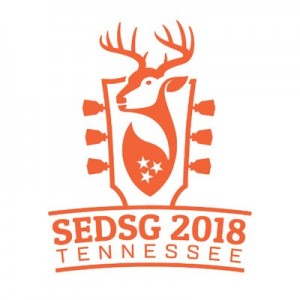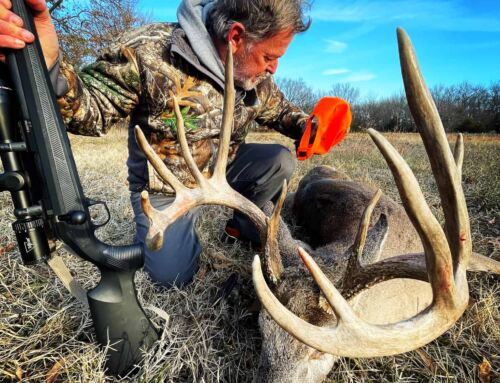 The Southeast Deer Study Group meets annually and is a forum for researchers, biologists and wildlife students to share their latest information on whitetail deer. I monitored the 2018 meeting last week via the Twitter of the QDMA and others. Here are some interesting deer science tidbits:
The Southeast Deer Study Group meets annually and is a forum for researchers, biologists and wildlife students to share their latest information on whitetail deer. I monitored the 2018 meeting last week via the Twitter of the QDMA and others. Here are some interesting deer science tidbits:
Since beginning a quality deer management program (QDM) 16 years ago, a Tennessee hunt club reports an 84% increase in buck sightings per hour for hunters and a 486% increase in mature buck harvest (deer 3.5 years or older) per hunter.
QDM works especially when you give it time!
Dr. John Kilgo of the U.S. Forest Service reported that coyote reproduction actually increases in response to trapping efforts. Add that to the fact that new coyotes will move into an area, and you need an ongoing and annual trapping program to have any sustained benefit for fawn survival on a property.
Daniel Molina of Mississippi State Deer Lab studied if, and how, does choose bucks to breed with based on a male’s age, body size and antlers. He found that only antler size produced a significant difference in doe choice between 2 bucks. 80% of estrus does chose the buck with bigger antlers!
As I have blogged before, not all deer that get hemorrhagic disease (EHD or bluetongue) die, and those that survive develop antibodies. A study at SCWDS shows that survivor does pass these antibodies to their fawns, and help shield fawns from infection for 3-4 months.
Jacob Haus of the Univ. of Delaware tracked 61 yearling bucks (1.5 years old) through a hunting season in the southern part of the state. Survival rate was 75% for bucks that exclusively roamed on private land, versus 37% for bucks that used some public land during the season.
Researchers at King Ranch in Texas aged more than 7,300 bucks by tooth replacement/wear and cementum analysis. They found no evidence that soil type or other variables changed the usefulness and accuracy of jawbone aging.





